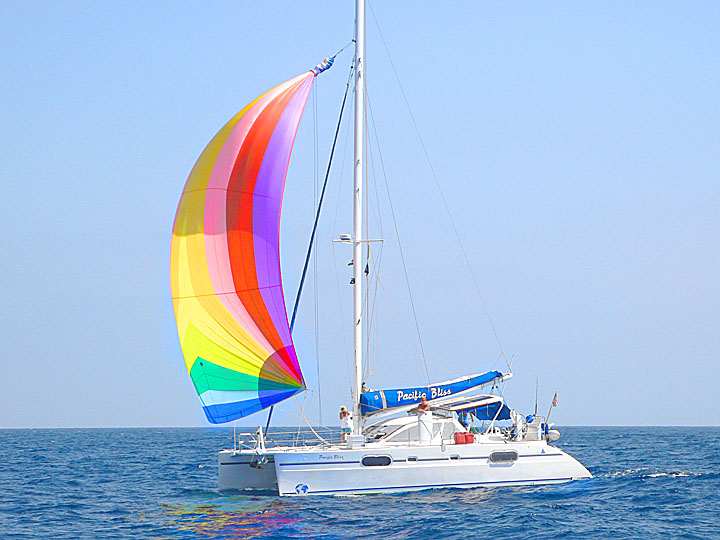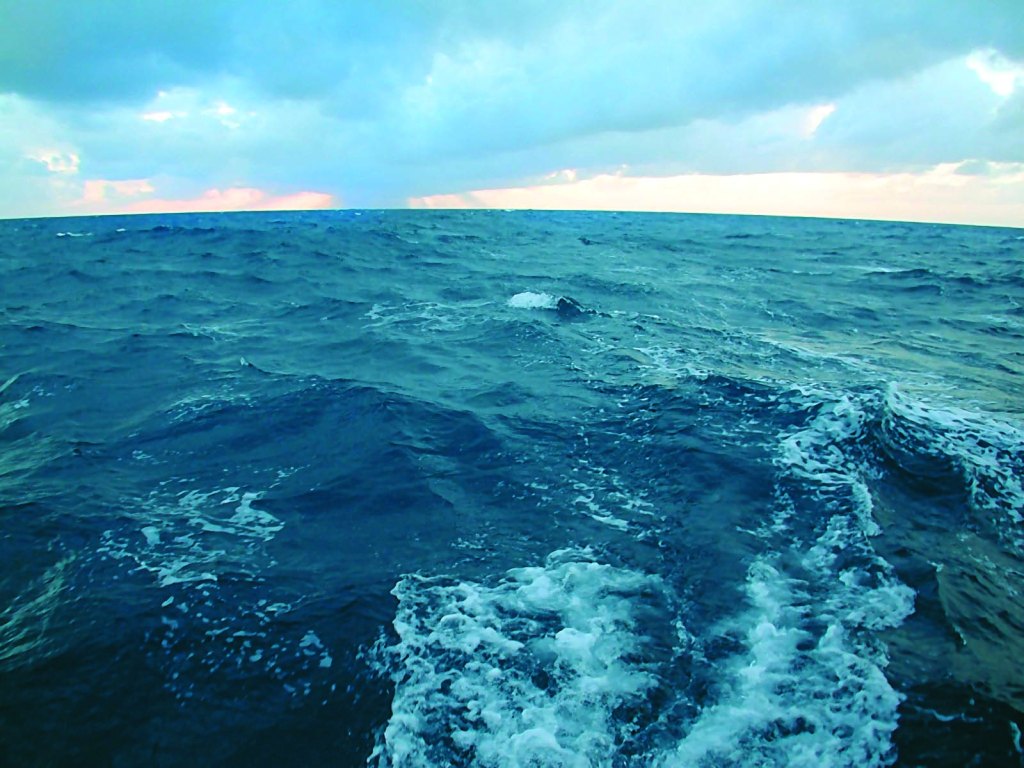Tame birds sing of freedom. Wild birds fly. –John Lennon
Last week, Gunter and I watched the series 1833, the prequel to the Yellowstone series, which is set in contemporary times. A group of pioneers had traveled from the Eastern U.S. to take advantage of free land at the end of the Oregon Trail. One of the wagons was called Prairie Schooner. The pioneers dreamt of freedom, of that first glimpse of the Pacific. The heroine, Elsa, wasn’t into mountains and destinations, though. For her, that feeling of freedom was the journey, riding her horse through new lands by day and sleeping under the big sky at night. Her freedom was moving on.
The film brought back memories of our own quest for freedom. We had already “gone west” to California, Gunter from Germany and I from Wisconsin. In San Diego, we had accomplished the American dream, founding and building a biotech company, taking it public, and becoming financially independent. But we weren’t free. During those years, we preserved our sanity by dreaming of our future. It would be a better life—one in which we would be truly independent and self-sufficient, answering to no one.
We would go to sea!
We would escape to another world—a world in which we could control our own destiny—as free as eagles soaring through the sky. We would sail with the wind and when that wasn’t blowing, we would use solar energy stored in our battery bank. We would be our own self-contained municipality, with a water maker to convert sea water to fresh, and high-tech communication and navigation systems. Best of all, we would have no Board of Directors, shareholders, or stakeholders telling us what to do.
We had a 43-foot Catana catamaran built for us in the south of France. When it was finished, we sailed the Med through the Strait of Gibraltar to the Canary Islands, on to Cape Verde and across the Atlantic to St. Lucia. There, we spent the 2000-2001 holidays. Afterwards, we sailed through the Caribbean to Los Roques, Venezuela and the ABC islands, on our way to Cartagena, Colombia.

During a Force 10 storm, the four of us on board feared for our lives. That shook us to the core. This is what I wrote about that feeling of freedom then:
“Some say the sea is cruel. I agree. I say it is without mercy. Freedom at sea? Independence, managing your own municipality? Ha! Leave the shore, and you leave behind a certain degree of freedom; you must live by Poseidon’s rules, pawns to the sea god’s whims. And you’re left with a burning question: Is the cruiser experience worth the loss of control over your life? Must it always be like this? Must I always live life on the edge? Rollers slap against the hulls of Pacific Bliss as she heaves onwards, while answers elude me like slippery eels.” ─Maiden Voyage, Chapter 8, page 125.

Despite the danger, Gunter and I decided to go on. We sailed for seven more years, until we “crossed the line” and became part of that rare breed called “World Circumnavigators.” Then we returned to Canet, France to the same dock where it all began.
Nowadays, living on our beloved acre of land in rural Northwest Wisconsin during its bucolic summers, I often go out to view the night sky. I contemplate the Big Dipper beaming over White Ash Lake while reminiscing about the freedom of those night watches at sea under the Southern Cross. We have a certain measure of freedom at our lake home, and even less during winters spent at our condo in San Diego.
What is freedom? Freedom can be an illusion. Freedom can be lost. Freedom can be addictive; once you have a taste, you will yearn for more. You can find freedom in many different ways: by going west, by going out to sea, or by taking a hike in the mountains, forest, or plains. Just know this: no matter how you define it, freedom is precious. If you’ve escaped boundaries—whether restrictions set by yourself or others—you can now roam free. You can say, “I am my own person, because this is who I choose to be.”
“Freedom is something that dies unless it’s used.” ─Hunter S. Thompson
Special Offer: To learn more about the first voyage of Lois and Gunter Hofmann, encompassing the first third of their sail around the world, purchase a digital copy of Maiden Voyage by clicking here.
About the Author: Lois and Günter Hofmann lived their dream by having a 43-foot ocean-going catamaran built for them in the south of France and sailing around the world. Learn more about their travel adventures by reading Lois’s award-winning nautical adventure trilogy. Read more about Lois and her adventures at her website and stay in touch with Lois by liking her Facebook page. Lois’s books can be purchased from PIP Productions on Amazon and on her website.
December 12, 2022 at 12:38 pm
Loved all your comments on Freedom and your recap of your scary sea voyage! Thanks again for documenting and sharing your around the world journey thru your books and for your insightful blogs!
LikeLike